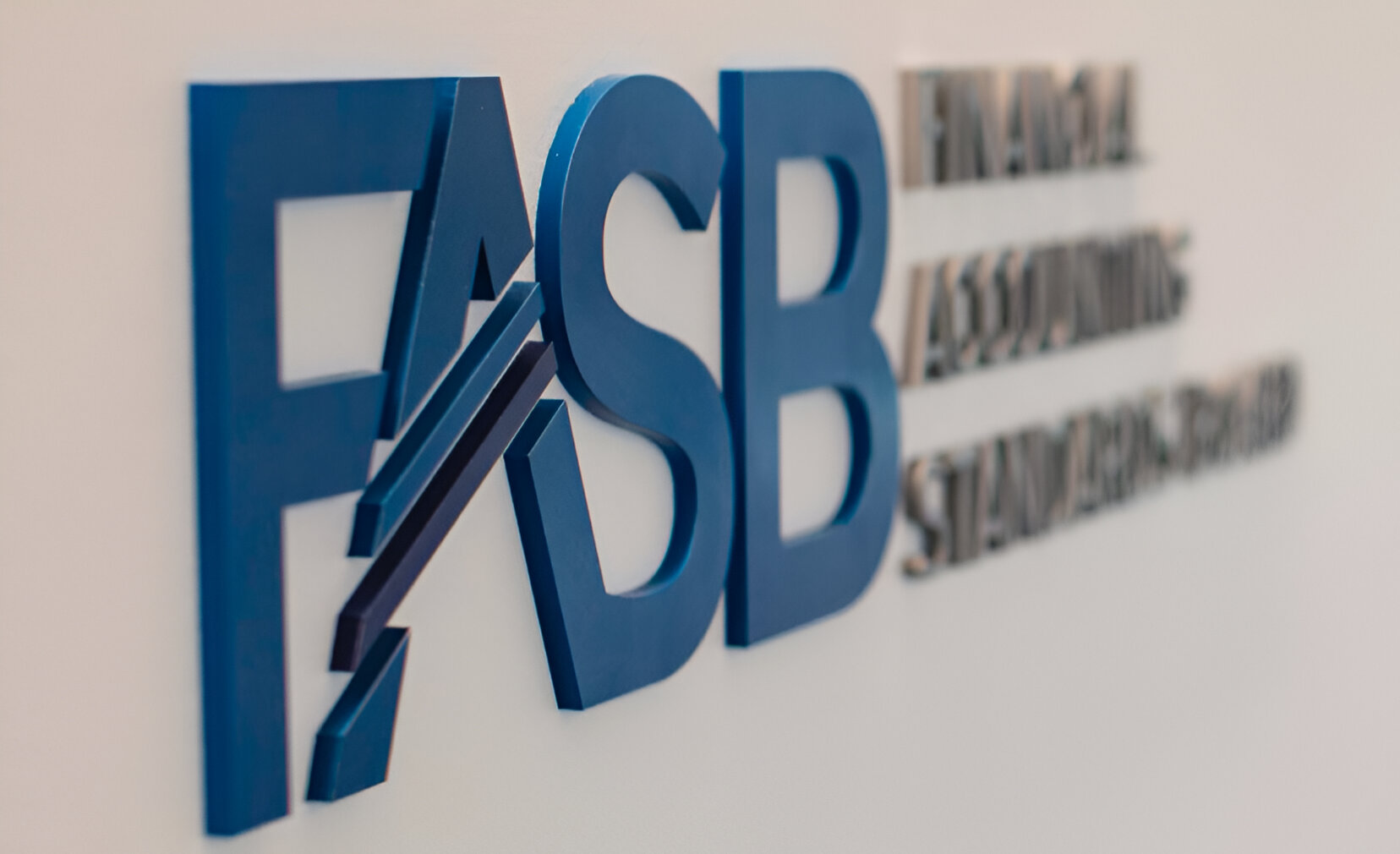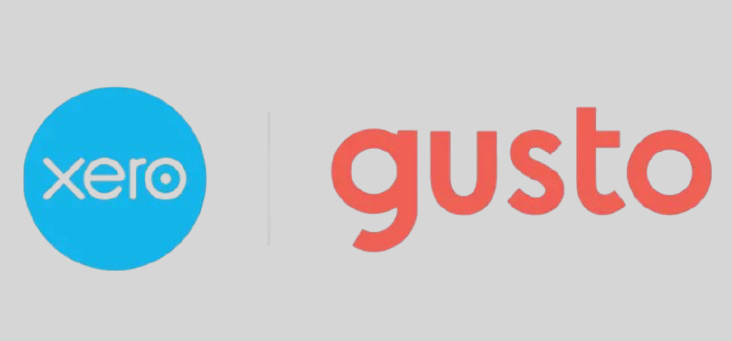Freight brokerage can be very lucrative. Do it right, consider carefully all pros and cons, and handle all business transactions with care. You’ll be sure to enjoy the ride.
If becoming a freight broker startup owner has been on your mind, now’s the time to get your business in gear. Statistics show that 80% of U.S. communities use goods and products that are available to them, because a motor carrier delivered them to a store nearby. Therefore, freight brokers are still in high demand.
Just like for any budding enterprise, finding the initial capital to jumpstart your freight brokerage is crucial. Here are some tips to have in mind when looking for quick money to cover your expenses and grow your business.
What Costs to Expect?
First off, before you even start operating, you’ll have to obtain all the necessary paperwork, including a freight broker license and a freight broker surety bond. The bond is $75,000, but your yearly premium is calculated between 1%-12% of that amount, depending mostly on your credit score.
Next, invest in a computer, smartphone and some other light office equipment and supplies. That, along with some other seemingly minor expenses, might drive the needed starting capital up to $5,000
However, remember that you may not need a huge amount of startup cash to purchase facilities or equipment, but you do need cash on hand, or a substantial credit line, to pay your carriers on time. It’s critical, because it may take weeks until your shippers pay you. If you don’t have money to pay your carriers on time, they’ll stop accepting your loads. And if nobody hauls your freight, you have no business.
Write a Stellar Business Plan
Before you look into all available funding options for your freight brokerage, the first thing to do is write a business plan. It makes no difference whether you’re thinking of running a small family business, a home-based operation or a transportation empire. Think of your strengths and weaknesses, and meditate over what would be the best way to overcome them in real life. Also, include worst-case scenarios, and consider probable solutions if things don’t go the way you envisioned them.
Quick and Easy Cash for Your Freight Brokerage Startup
#1. Line of credit for a small business. This is a type of loan, good for controlling the cash flow of your business. Similar to a credit card, you can access money when you need it. Unlike traditional loans where you immediately start paying the loan back, with the line of credit payments are made only on the credit you’ve used. Interest rates may be lower than on credit cards, and the limits can be comfortably high. The line of credit may be unsecured (for up to $100,000 or less), secured with a blanket lien on your assets, and secured with a certificate of deposit.
Advantages: easy access to funds; no interest until you draw money;
Disadvantages: Upfront fees which may start from $150 up to 0,5% of the total amount, if the credit is above $250,000; some banks require the borrower to prove ownership of the business for at least the past two years.
#2. Unsecured commercial bank loan. You won’t be required to pledge any collateral in order to get the loan, which can range from $5,000 to more than $500,000. The bank will consider your income, credit rating, and the size of your business when defining the final amount of the loan.
Advantages: No need to provide collateral, and in case of bankruptcy, the court is most likely to discharge unsecured loans. The lender cannot confiscate any of your property unless a court order is issued.
Disadvantages: Difficult to qualify for, especially if your credit score is low or you have no credit history. The interest rate is higher, because lenders consider unsecured loans to be more risky. Thus, your individual payments will be higher.
#3. Factoring or borrowing against your accounts receivable. To acquire immediate cash, you can sell your accounts receivable to a third-party funding source. That’s called factoring. It’s a financial transaction in which you (the business) render some services and generate an invoice that can be sold to a funding source (the factor) at a discount, typically 2-6%. The factor purchases the right to collect on that invoice and will pay you immediately 75-80% of its face value. When the customer pays what’s due, the factor will send you the remainder, excluding the discount.
Advantages: Get cash quickly; free up working capital; somebody else is chasing your clients for payments.
Disadvantage: Factoring in reality means less profits for you at the end of the day. Besides, the factor notifies your customers that the money collection has switched hands. Your customers might start suspecting financial troubles and gradually withdraw.
Start Your Freight Brokerage Today!
If starting a freight brokerage has been a dream of yours, stride with confidence towards that dream. First, make sure you get properly licensed and bonded before you take any further steps. Second, consult your accountant, to find out which financial injection will work best for your business. Finally, establish a strong relationship with a bank loan officer and always heed her advice. Good luck!
What do you think of the funding options listed above? Would any of them work for your new freight brokerage? Share your thoughts with us!
———————-
Todd Bryant is the President and Founder of Bryant Surety Bonds. He is a surety bonds expert with years of experience in helping freight brokers get bonded and start their business.
Thanks for reading CPA Practice Advisor!
Subscribe Already registered? Log In
Need more information? Read the FAQs




